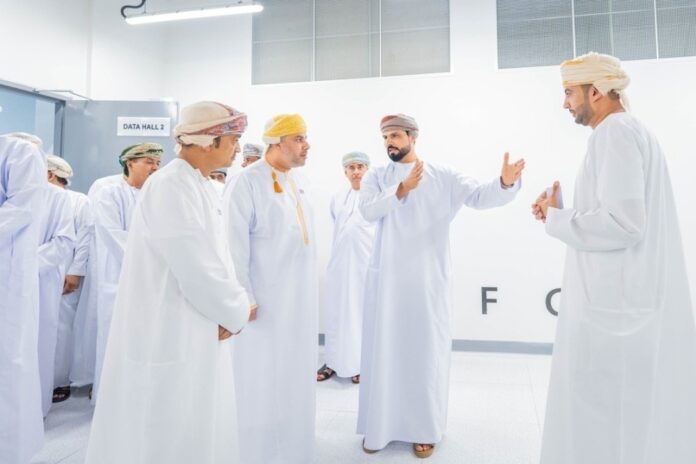With its new Salalah data centre and cable landing station, Ooredoo is betting on geographic diversification
Ooredoo has inaugurated a combined data centre and submarine cable landing station in Salalah, the first such facility in southern Oman. The site has launched with space for 125 server racks and is designed to expand to 500 in phases, supporting enterprise IT, cloud and edge computing services.
Located in the Dhofar region, Salalah is positioned on major subsea routes linking Asia, Africa, and Europe. Oman has become a strategic hub for undersea cables, with six submarine cable landing stations already in operation. The addition of Salalah as number seven should strengthen the country’s role by providing a geographically distinct gateway from the more established landing points near Muscat.
Omantel has five landing stations including an existing Salalah station. These include: Muscat Cable Landing Station (for SMW3 and Oman Australia Cable), and Salalah Cable Landing Station (for G2A), plus Khasab Cable Landing Station (for FALCON and OMRAN/EPEG). All up, Omantel reports connectivity to 14 major submarine cable systems and more than half of the 24 cables serving the Arabian Gulf are connected through its infrastructure.
Ooredoo currently operates SEA-ME-WE 5 at Qalhat, plus now the new Salalah facility. The operator signed an agreement in 2024 to bring the 2Africa subsea cable system to both Muscat and Salalah. At more than 45,000 kilometres, 2Africa still rates as one of the world’s largest planned cable systems and will connect 33 countries across Africa, Europe and Asia.
Other subsea systems already serving Oman include the TGN-Gulf system. In January 2025, Ooredoo Group also announced plans for the Fibre in the Gulf project, a regional cable linking seven GCC countries and offering up to 720 Tbps of capacity.
Industry analysts note that the new Salalah landing point provides additional resilience and redundancy for Oman’s network architecture. By creating a southern entry point for international traffic, it reduces reliance on Muscat-area facilities and offers alternative routing options in the event of disruption. This diversification is critical as demand for data capacity grows, driven by cloud adoption, enterprise workloads, and regional hyperscaler investment.
The Salalah facility is the latest step in Ooredoo’s expansion of digital infrastructure, complementing earlier data centre projects in Muscat and Barka. Together with Omantel’s investments, it reinforces Oman’s position as a connectivity hub at the crossroads of three continents – even as regional competitors like Fujairah, Djibouti and Jeddah rise in importance.




